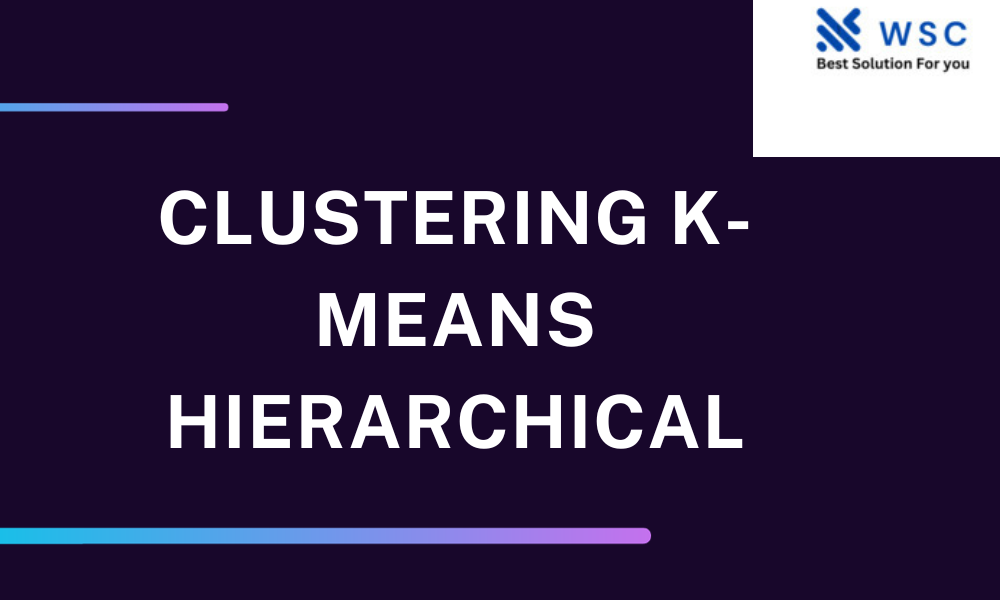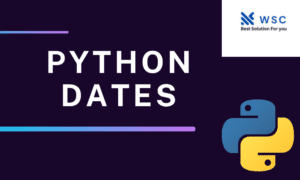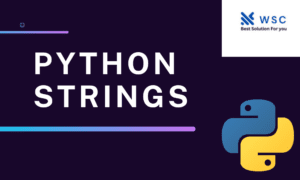Introduction
Clustering is a fundamental technique in data analysis and machine learning, used to group similar data points together for various applications. In this post, we will explore two popular clustering methods: K-Means and Hierarchical clustering. We’ll provide an overview of each method, discuss their strengths and weaknesses, and provide practical code examples to help you get started.
Understanding K-Means Clustering
K-Means is a partitioning method that divides a dataset into ‘K’ clusters, where each data point belongs to the cluster with the nearest mean. It is an iterative algorithm that aims to minimize the within-cluster variance. Here’s a breakdown of the steps involved:
Step 1: Initialization
- Choose ‘K’ initial centroids (points that represent cluster centers).
- Assign each data point to the nearest centroid.
Step 2: Update
- Recalculate the centroids based on the mean of data points in each cluster.
- Reassign data points to the nearest centroid.
Step 3: Repeat
- Repeat the update step until convergence (centroids no longer change significantly) or for a set number of iterations.
Hierarchical Clustering
Hierarchical clustering builds a tree-like structure of clusters, known as a dendrogram. It doesn’t require specifying the number of clusters in advance. Key steps include:
Step 1: Initialization
- Treat each data point as a single cluster.
Step 2: Merge
- Repeatedly merge the two closest clusters into a single cluster until there is only one cluster left.
Step 3: Dendrogram
- Visualize the hierarchy of clusters using a dendrogram, which can help in selecting the desired number of clusters.
Practice Code Examples
Now, let’s dive into some practical code examples to implement K-Means and Hierarchical clustering in Python using libraries like scikit-learn.
K-Means Clustering Code Example:
from sklearn.cluster import KMeans
kmeans = KMeans(n_clusters=3)
kmeans.fit(data)
cluster_labels = kmeans.labels_
Hierarchical Clustering Code Example:
from scipy.cluster.hierarchy import linkage, dendrogram
import matplotlib.pyplot as plt
linkage_matrix = linkage(data, method='ward')
dendrogram(linkage_matrix)
plt.show()
Conclusion
In this post, we’ve introduced K-Means and Hierarchical clustering methods, providing an overview of how they work and their practical implementation in Python. These techniques are valuable tools for data analysis, pattern recognition, and more. Experiment with them on your own datasets to discover insights and structure within your data.
Check our tools website Word count
Check our tools website check More tutorial




